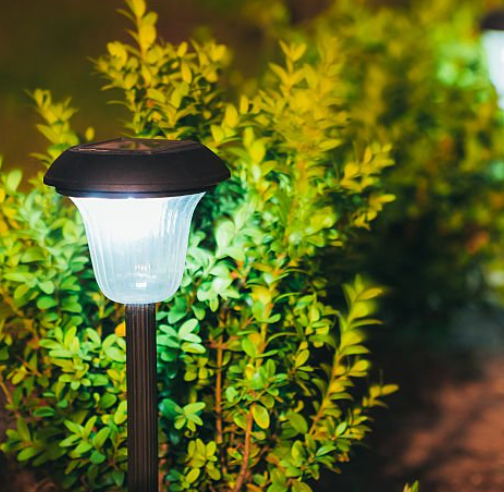For Advent.
A response I wrote from an entry of All Creation Waits by Gayle Boss
“Did you know Tulips won’t grow as perennials in Florida?” my mom-in-law mentioned to me. “It is too warm for them in the winter. They need a cold winter for them to come back again.”
I contemplated this as I walked along Riverside park and looked at the sheets of ice suspended about 3 feet off the ground as if the cattails and reeds had impaled them. Instead, the ice had formed when we had a momentary thaw a couple of days ago. The ground was still too frozen for the water to sink in before the temperature dipped again and froze the surface of the water into this strange appearance. I wished I had brought my camera to capture this beautifully eerie image. There were also shards of ice pushed up from the river along the banks where floating ice had collided with the icy edge. It formed pyramids and stacks of a variety of geometric shapes of ice to along the bank.
Earlier in the day my little family was working in my mother and father-in-law’s yard. My sweet husband had envisioned something beautiful to make in their backyard in this season of winter–the literal physical season as well as the winter of pancreatic cancer. He wanted to build a path through the woods and the weeds and have posts lit up with solar lights so in the darkness his parents could see the light winking through the dimness, like stars. While we were clearing the path, we encountered at least four groundhog entrances and exits to dens. I remembered something I read in my college’s alumni newsletter this week. It was an excerpt from Gayle Boss’ book All Creation Waits. She wrote about winter, about the woodchuck, and about advent. She said this about the woodchuck:
“Winter has wiped bare his vegetarian table. He would starve if he stayed awake. Asleep—a sleep so deep his heart barely beats and his body cools to nearly the temperature of ice—he expends almost no energy. Only at a glacial pace does he burn the fat he added eating up to three pounds of greens and fruit each lush day of summer. In deep sleep his hunger is subdued; his substance shrinks, but is not consumed.
And yet, he might be awake now, in the lean heart of Advent.
Whenever he sleeps, a finely calibrated inner clock ticks on. In abundant seasons it wakes him and sends him back to sleep on a predictable twenty-four-hour cycle. Now it lets him sink four, five, seven days down into a sleep so deep it amounts to self-absence. This both preserves him and stresses him mightily. At metabolic bottom, where sleep meets death, cellular sludge builds up, careful molecular balances tip . . . till his clock alarm rings, pulling him up, awake enough to use his toilet chamber and re-tune his body chemistry. His inner clockwork also suffers the stress of absolute sleep. While he’s awake it recalibrates to ensure its alarm will wake him when his body chemistry turns precarious again in the next bout of sleep. Also, his clock and the clocks of all the area’s chucks recalibrate to stay entrained to a larger rhythm. No matter how long or short their individual cycles of wakefulness and sleep, the whole community is synchronized to a cycle of the earth itself and readied for a small window of opportunity”
I believe God reveals much about Himself through His creation. There is a beauty that comes in winter. There is a beauty that comes out in darkness for otherwise I would not see the stars. There is also a beauty that comes out in a new way after fire. I remember when we went to Yellowstone, the rangers talked to us about how there are native species that need fire in order to grow. I was stunned to think that there was purpose in such a harsh and dangerous thing such as fire.
God brings out beauty even in the most unlikely of places and times. That is the hope of advent. It is the hope as we wait Jesus’ return.
I cling to that truth and hope, and I will look for the beauty He gives.
